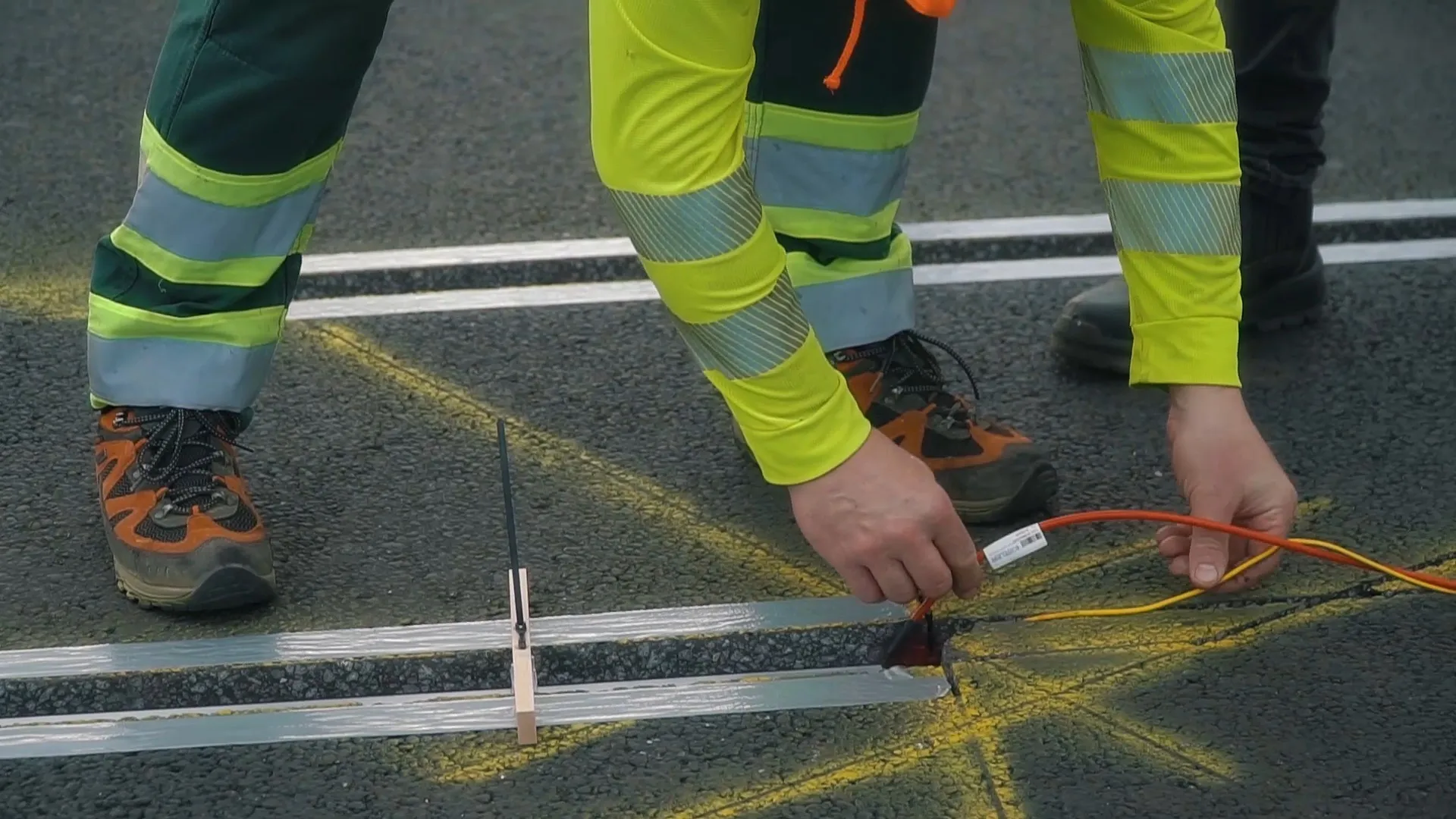Traffic congestion levels in Greece are among the highest in Europe. In the Greek capital of Athens, an average commute takes 30 minutes longer during rush hour, according to TomTom Traffic data. In Budapest, commuting by car adds a 26 minute delay during rush hour, while the car industry in Slovakia grew in 2014 with an estimated 970,000 cars manufactured.
“Traffic congestion is an issue for many countries around the world, including Greece, Hungary and Slovakia,” said Ralf-Peter Schäfer, head of Traffic at TomTom. “The launch of TomTom Traffic gives drivers, the automotive industry and governments a concrete way to tackle traffic congestion in their market. Our aim is to be the preferred provider of traffic services in every market we operate in.”
TomTom extends traffic service
TomTom has extended its world coverage to 46 countries, with the launch of TomTom Traffic in Greece, Hungary and Slovakia.
Traffic congestion levels in Greece are among the highest in Europe. In the Greek capital of Athens, an average commute takes 30 minutes longer during rush hour, according to TomTom Traffic data. In Budapest, commuting by car adds a 26 minute delay during rush hour, while the car industry in Slovakia grew in 2014 with an estimated 970,000 cars manufactured. Volkswagen, Kia and Peug
February 13, 2015
Read time: 2 mins










